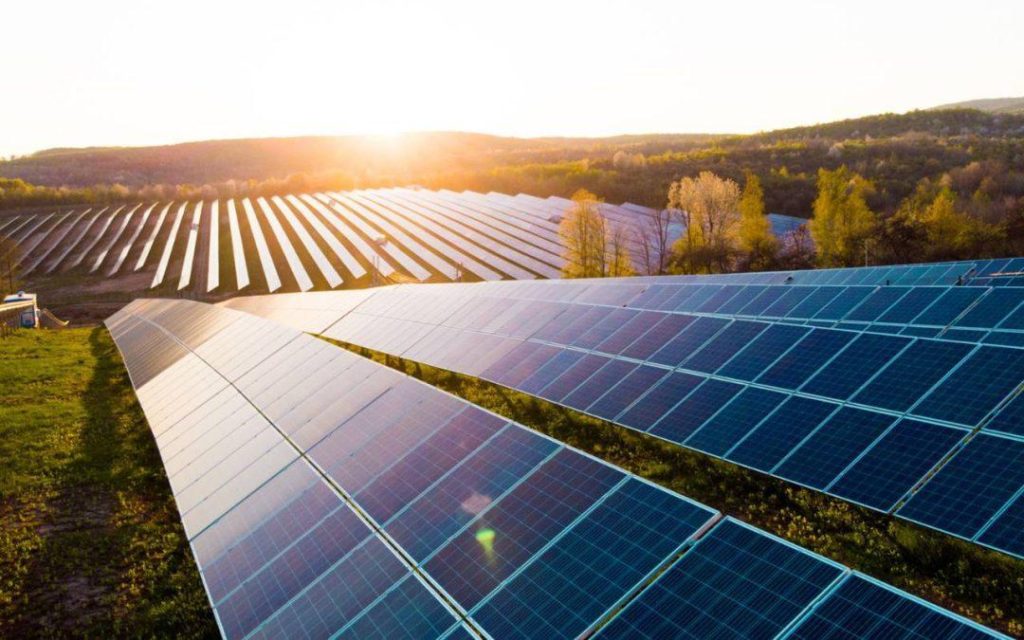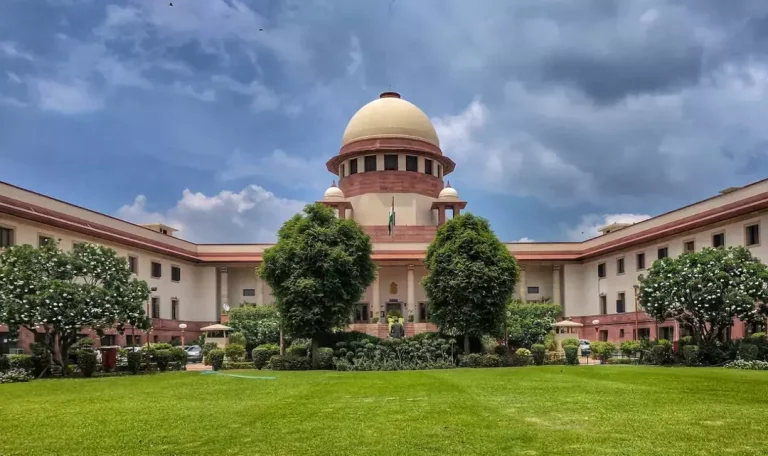
GP Eco Hits 5% Upper Circuit on ₹122 Cr Solar Order
The Indian renewable energy sector has been witnessing a surge in demand for solar power in recent years, driven by the government’s ambitious plans to increase the country’s renewable energy capacity. In a significant development that is likely to boost investor confidence in the sector, GP Eco Solutions has hit a 5% upper circuit and a record high after bagging a massive ₹122 crore EPC contract from Welkin Renewable for a 24 MWac/31.67 MWdc solar project in Punjab.
The project, which is expected to be completed by March 2026, will follow the Open Access Captive Metering (OACM) model. Under this model, the project will be designed and built by GP Eco Solutions, and the client, Welkin Renewable, will purchase the entire power output of the project. The project will cover engineering, procurement, and construction (EPC) services, including final handover.
This development is significant not only for GP Eco Solutions but also for the Indian renewable energy sector as a whole. The company’s ability to secure such a large and prestigious order is a testament to its capabilities and expertise in the solar energy sector. The order is also a vote of confidence in the OACM model, which is a relatively new and innovative approach to solar power development.
GP Eco Solutions is a well-established player in the Indian renewable energy sector, with a strong track record of delivering complex and large-scale solar projects. The company has a significant presence in the country, with a range of projects in various stages of development. The company’s expertise in EPC services, solar panel manufacturing, and project development has made it a preferred partner for many clients in the sector.
The Welkin Renewable solar project is a significant addition to GP Eco Solutions’ portfolio, and the company is likely to benefit from the increased visibility and credibility that comes with securing such a large and prestigious order. The project is also expected to generate significant revenue for the company, which will help to drive its growth and expansion plans.
The Indian solar energy sector has been growing rapidly over the past few years, driven by the government’s efforts to increase the country’s renewable energy capacity. The sector has seen significant investments and growth, with many companies, both domestic and international, entering the market. The sector is expected to continue to grow in the coming years, driven by the government’s targets and the increasing demand for renewable energy.
The OACM model is a relatively new approach to solar power development, which allows clients to purchase the entire power output of a project. This model is particularly attractive for companies that require a stable and predictable source of power for their operations. The OACM model is also expected to be more attractive to investors, as it provides a higher return on investment compared to traditional solar power projects.
The Welkin Renewable solar project is a significant development for the OACM model, and it is likely to pave the way for more projects of this type in the future. The project’s success will depend on various factors, including the project’s design and engineering, procurement and construction, and the performance of the solar panels. However, with GP Eco Solutions’ expertise and reputation, the project is likely to be a success and set a new benchmark for solar power development in India.
In conclusion, GP Eco Solutions’ hit on the 5% upper circuit and record high following the bagging of a ₹122 crore EPC contract from Welkin Renewable for a 24 MWac/31.67 MWdc solar project in Punjab is a significant development for the company and the Indian renewable energy sector as a whole. The project’s success will depend on various factors, including the project’s design and engineering, procurement and construction, and the performance of the solar panels. However, with GP Eco Solutions’ expertise and reputation, the project is likely to be a success and set a new benchmark for solar power development in India.






